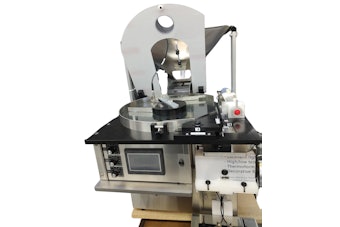
If you want to get a view of the inside of the human body, you’ll need to snake a camera down a throat or into an incision. It’s invasive, painful, and will likely soon be obsolete thanks to a new development at MIT’s CSAIL. According to a recent CNet article, researchers have created an “in-body GPS system” that can precisely locate wireless implants to track tumors, take images, or deliver drugs.
The CSAIL team inserted a tiny marker in a fake tumor and tracked it with low-power wireless signals with accuracy up to 1.4 centimeters. This algorithm could one day be used to track and image pills as they make their way through the gastrointestinal tract or guide cancer radiation therapy.





















